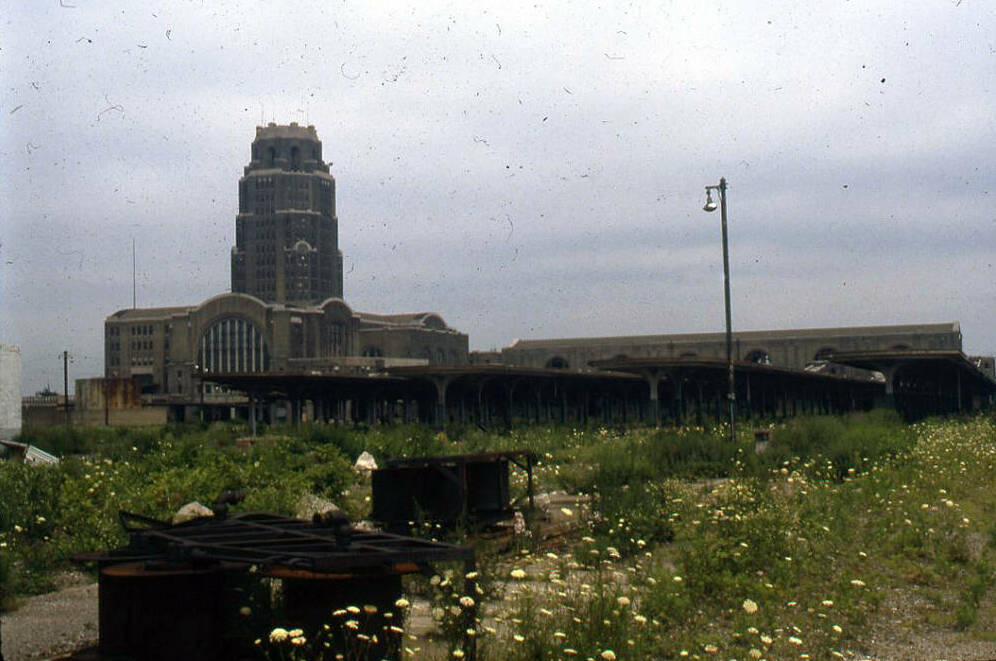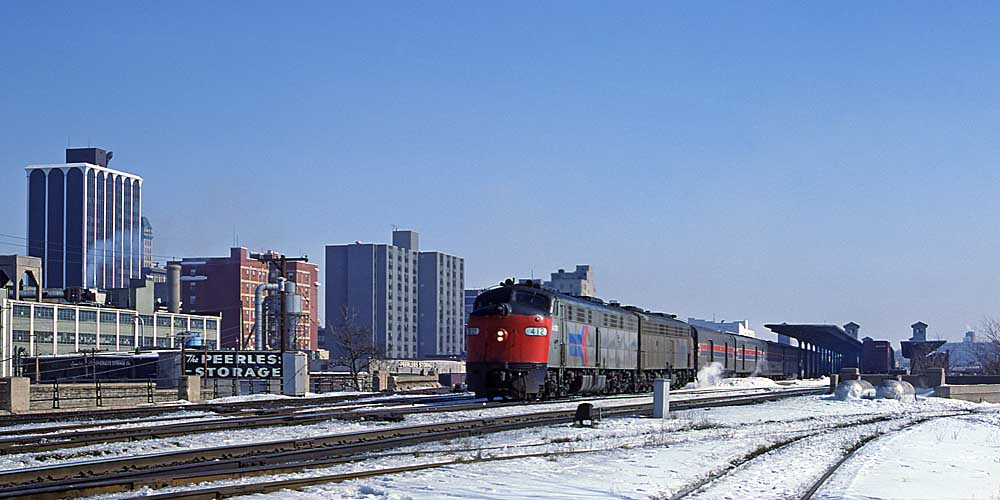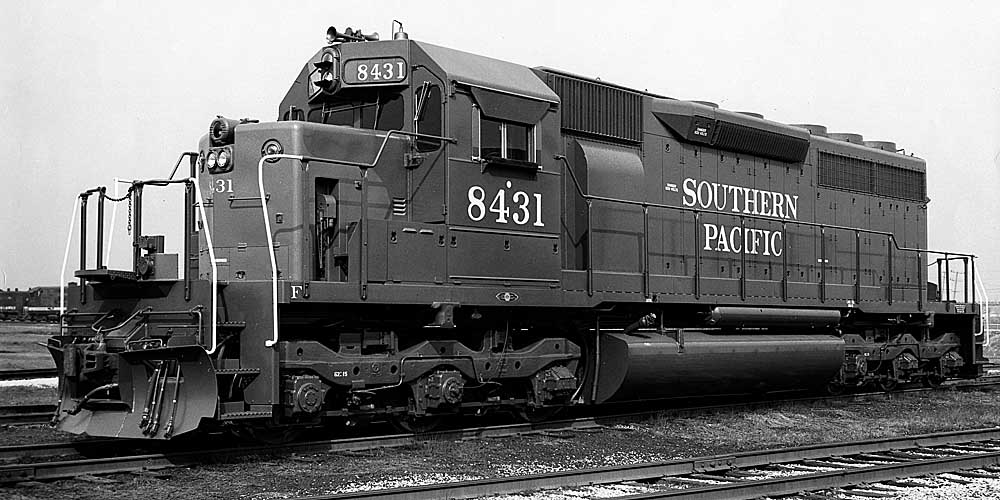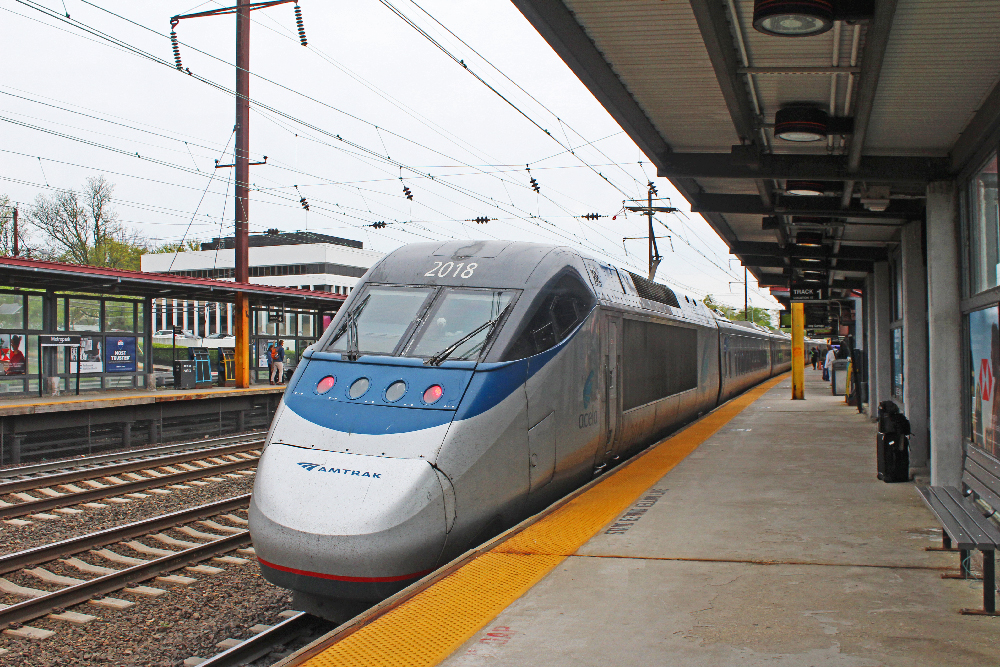The Chicago, Burlington & Quincy Railroad, commonly known as the Burlington Route, had many Zephyrs. But out of all the streamlined trainsets and services famously named after the Greek God of the West Wind, which of the five where considered the most prestigious?
Pioneer Zephyr
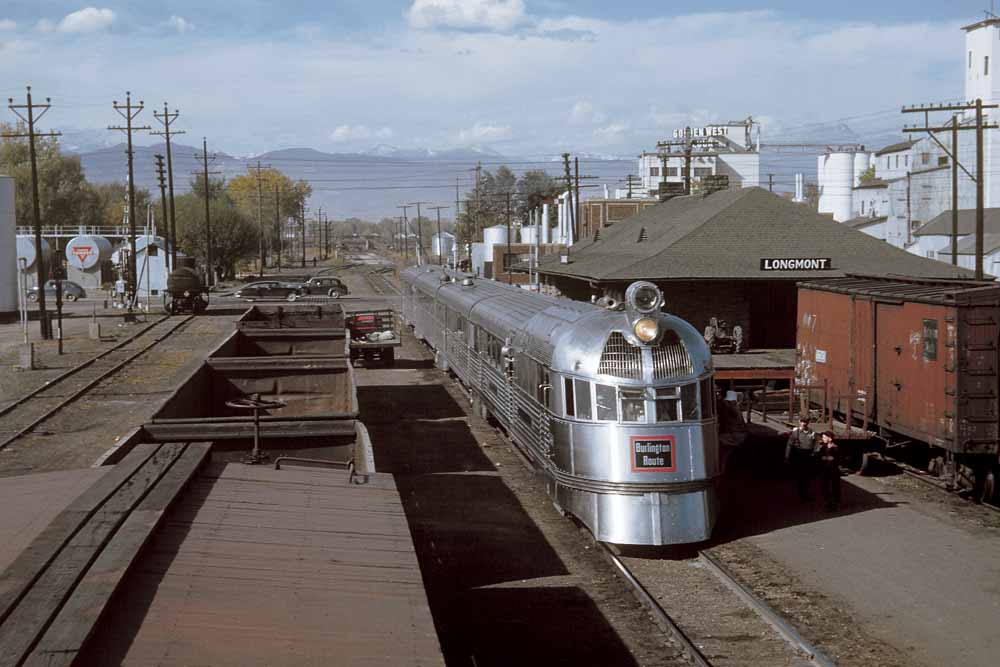
Rolled out on April 7, 1934, by the Budd Manufacturing Co., trainset No. 9900 helped set the stage for the Zephyr lineage and passenger streamliners in North America. Before entering regular service late in the year, the first Zephyr (receiving its fitting Pioneer Zephyr name in 1936) already cemented itself in the history books with a nationwide tour. The trek was highlighted by a record-breaking, non-stop run from Denver to Chicago, and a prominent role in the film The Silver Streak.
Originally operating between Lincoln, Neb., and Kansas City, the three-car articulated train (later four in 1935) would hop to different services along the railroad, in addition to aiding as a promotional tool for upcoming Zephyr routes and as an occasional substitute. Since retirement in 1960, the Pioneer Zephyr has been a premier exhibit at the Museum of Science & Industry in Chicago.
Read more about the Pioneer Zephyr and its shiny legacy.
Twin Cities Zephyrs
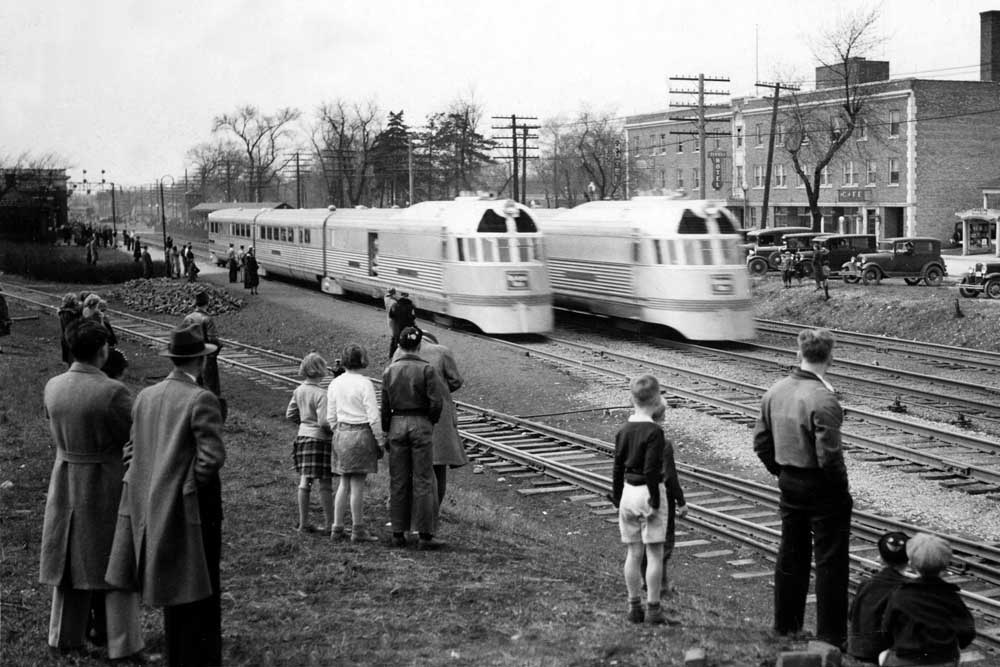
The success of the Pioneer Zephyr eventually led to the expansion of the Zephyr fleet. The busy Chicago-Twin Cities corridor became the first with the launch of two Twin Zephyr trainsets on April 21, 1935, facing fierce competition of the Chicago & North Western and Milwaukee Road. Popularity throughout most of the Twin Cities Zephyrs’ life made them a premier service of the CB&Q. Expansions of a Morning and Afternoon Zephyr was immediate, departing from each terminal daily, followed by the increase in train length and receiving the latest equipment – notably receiving the 1936 “Train of Goddesses” set (later reassigned as the Nebraska Zephyr and preserved today at the Illinois Railway Museum), and becoming the country’s first Vista-Dome trains in 1947.
As the popularity in passenger rail withered by 1967, the eastbound Morning Zephyr and westbound Afternoon Zephyr were hitched to the Northern Pacific’s Northern Limited and Great Northern’s Empire Builder, while all Twin Cities Zephyr trains were downsized to three coaches. Yet, they stuck to the end of passenger service in 1971 at the hands of The Burlington Route’s successor, Burlington Northern.
Mark Twain Zephyr
Constructed in October 1935, trainset No. 9903 was assigned between St. Louis and Burlington, Iowa. The route would also pass through Hannibal, Mo., the hometown of famous author, Mark Twain, whose birth centennial was being celebrated that year. It became fitting for the fourth Zephyr to be christened the Mark Twain Zephyr. It also started the Burlington Route’s trend in naming individual passenger cars – the MTZ honored characters from two Twain novels: The Adventures of Tom Sawyer and The Adventures of Huckleberry Finn.
While being reassigned throughout its career, the Mark Twain Zephyr spent most of it along its original route. Retired in April 1958, the next six decades weren’t kind to the articulated set. Multiple exchanges in ownership and attempts for restoration and repurpose left the train into a sad-looking shell. Rejuvenation since 2020 is in the works for the Mark Twain Zephyr at its new home on the Wisconsin Great Northern Railroad. Once returned to service, the streamliner will operate passenger excursions for the scenic tourist railroad out of Trego. [https://www.trains.com/trn/news-reviews/news-wire/wisconsin-great-northern-places-mark-twain-zephyr-back-on-its-trucks/]
Denver Zephyr
The Burlington Route’s Chicago-Denver main line was also in fierce competition, this time against the Union Pacific Railroad. How fierce? CB&Q dispatched the Pioneer and Mark Twain Zephyrs on May 31, 1936, as Advanced Denver Zephyrs to prevent the mail contract from falling into the hands of the UP and its new City of Denver streamliner. Relief arrived when the two Denver Zephyr trainsets went into service on November 8, 1936, offering many “Firsts.” They became the first overnight Zephyrs with sleeping accommodations (resulting in Pullman losing its grip as the sole builder of sleeper cars), the first Zephyrs to use two power units (eventually leading to the renown A-B set of diesel locomotives), and the first to traditionally name all stainless-steel cars with the prefix “Silver.”
The Denver Zephyr also became another step in the railroad’s transition out of shovel-nose locomotives and articulated trainsets. New equipment for the service consisting of E- and F-unit diesels along with conventional passenger cars, including Vista-Domes, arrived in 1956 as one of the last major passenger trains to be completely re-equipped. Despite becoming part of Amtrak’s initial trains on May 1, 1971, the Denver Zephyr name eventually vanished when combined with the Chicago-Oakland, Calif. San Francisco Zephyr.
California Zephyr
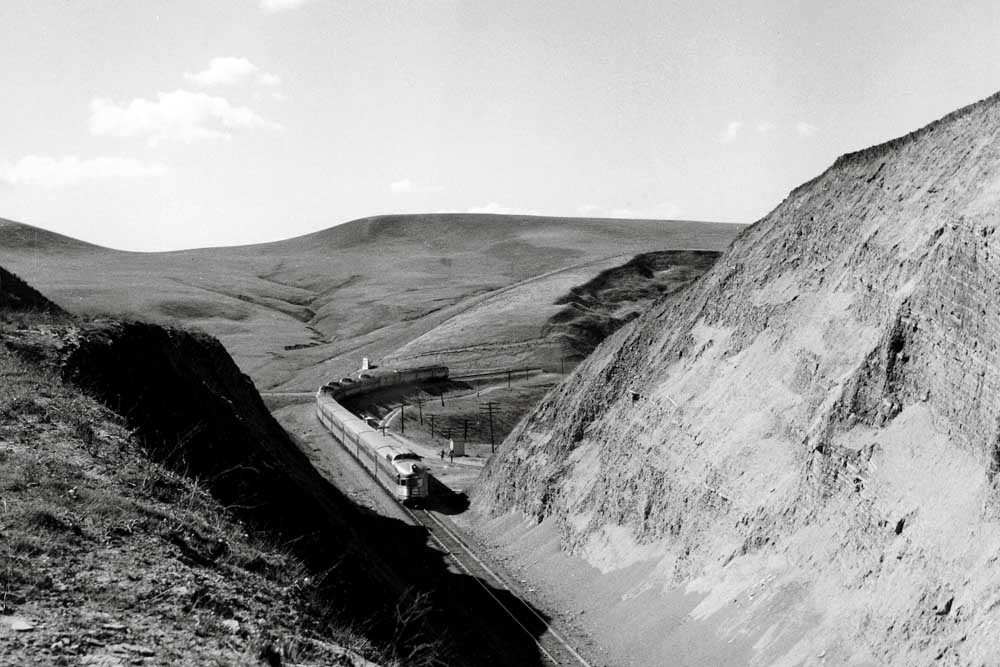
“The Ultimate Zephyr,” as Karl Zimmermann proclaimed the California Zephyr in Classic Trains’ Special Edition No. 29, and rightly so. Inaugurated on March 20, 1949, the 11-car train was the culmination of 15 years in innovation towards the Zephyr fleet. Premium accommodations of four Vista-Domes, a diner, multiple sleepers, and a Vista-Dome observation car was one half of the train’s success. The other was daytime scenery of the Rocky Mountains and Sierra Nevada between Chicago and San Francisco (terminating in Oakland), thanks in part to the operating agreement between the Burlington Route, Denver & Rio Grande Western, and the Western Pacific.
Service life for the “most talked-about train in America” lasted for 21 years as the Western Pacific wished to back out due to operating losses. The final runs arrived at their end points on March 22, 1970, with both the Burlington and Rio Grande on their own as the Chicago-Denver California Service and Denver-Ogden, Utah Rio Grande Zephyr, respectively. On July 6, 1983, the California Zephyr name returned. This time, under Amtrak’s revitalized Chicago-Oakland service that continues today, 75 years after the original inauguration.
Read more about the California Zephyr’s 75-year anniversary.






